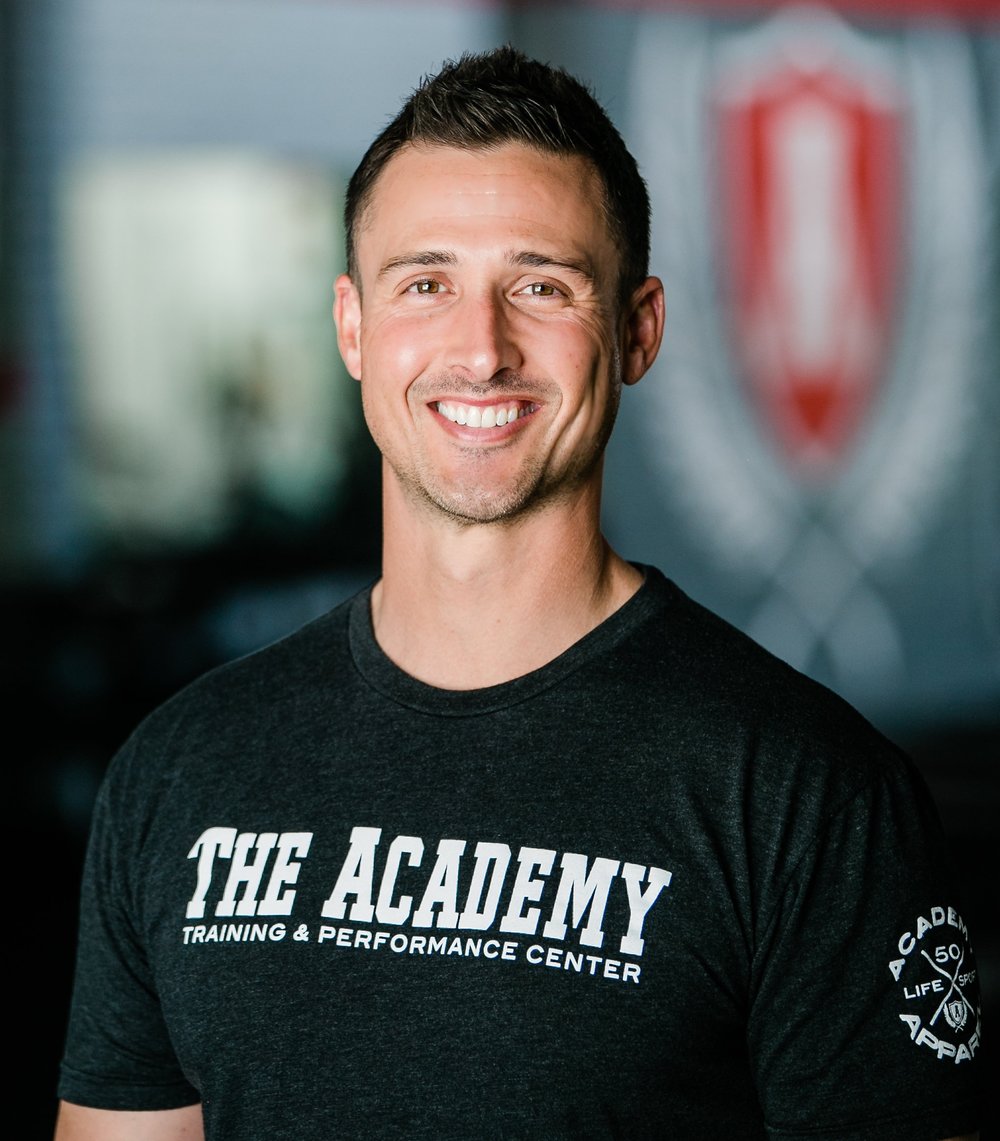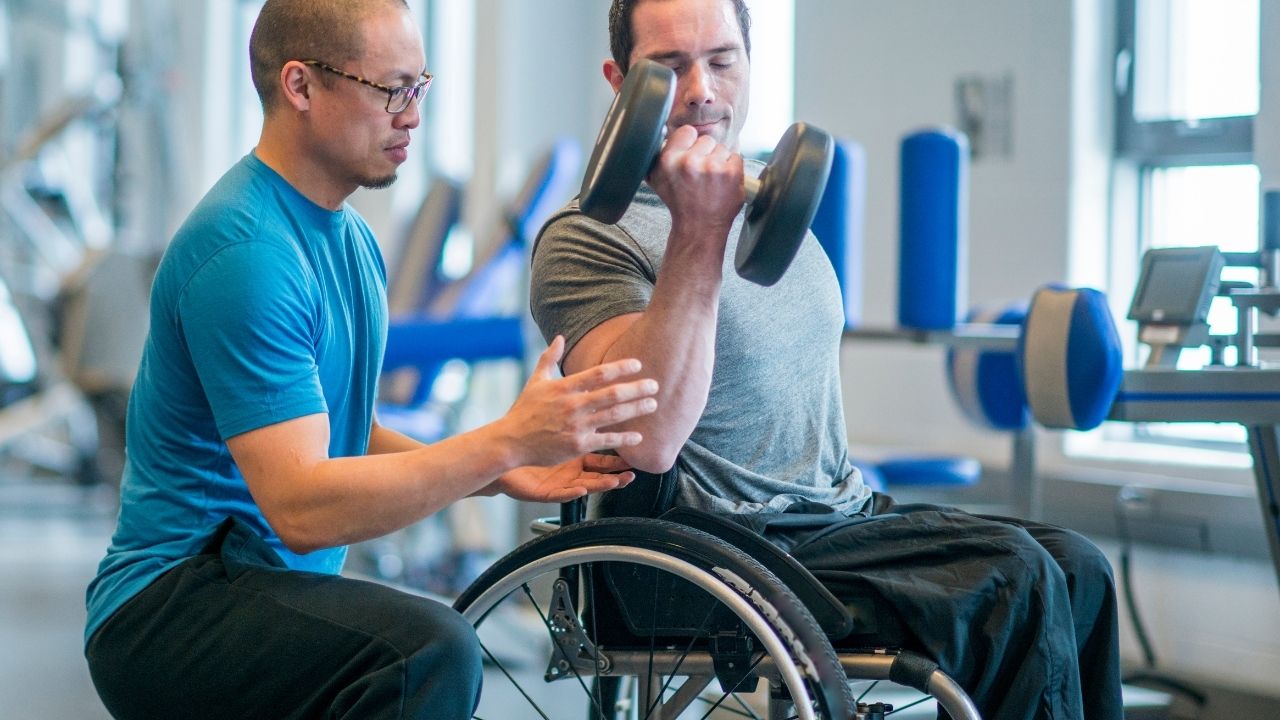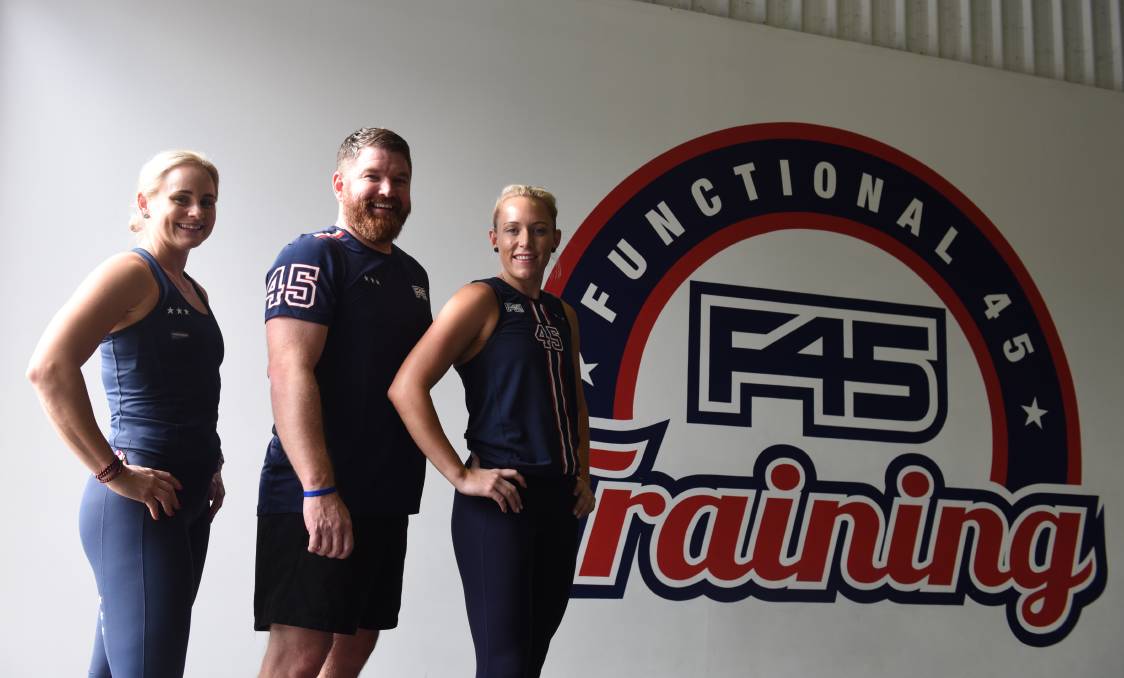
It might be difficult to choose which exercise to do if there are so many similarities and differences between Pilates and yoga. Both of these exercises are based on stretching and deep breathing. While they may appear similar, they have different benefits and focus on different parts. Pilates was initially created to aid World War I veterans in rehabilitating their bodies and minds. It was quickly adopted by dancers to help them improve their performances.
Both yoga & Pilates have many advantages. Both increase flexibility and strength the muscles. But you should talk to your healthcare provider to decide which one suits you best. Both exercises can help improve flexibility and reduce stress. You can also try different classes to find the one that works for you. It is your choice to practice yoga or Pilates.

While both are great for building core strength and flexibility in a fast-paced environment, there are some differences between the two exercises. Pilates is more intense and gentler than yoga. Yoga, on the other hand, helps you align your body with gravity and improve your posture. Before you decide to start a class in yoga or Pilates, make sure to consult your healthcare provider.
Both yoga, and Pilates, focus on breathing. While yoga is more creative and more focused on breathing, Pilates is more physically-oriented. It requires greater concentration and focus than Yoga. But both are excellent full-body workouts. No matter what you do, you will see results. When choosing the right one, keep these points in mind. You'll soon find that your choice will be easy. Remember that Pilates is safer for most people.
While yoga and Pilates have many similarities, they can both be very beneficial in strengthening your core. They are different because of the way they are done. Pilates is more focused on developing body awareness, while yoga is more focused upon strengthening the core. Both are intended to increase strength, flexibility, as well as stability. You can either do Pilates on a mat or on special machines depending on which style you choose. These are some of the factors to consider when choosing which type or exercise is right for your needs.

One of the biggest differences between yoga and Pilates is the emphasis on alignment and precision of movement. Pilates focuses on the powerhouse hip muscles and spine, while yoga focuses on flexibility throughout the body. Although yoga classes may include equipment, the vast majority of them are based on mats. Both yoga, and Pilates, focus on core and extremities. Every form of yoga and Pilates has its own benefits.
In order to fully reap the benefits of either, you should practice the exercises twice or three times a week. For beginners, attending Pilates classes once or twice a week is ideal, while advanced users should practice at least three times a week. Beginning users should practice at minimum twice per week. To see the benefits of both, you need to decide which one is best for you. It's now time to start practicing the exercise at home.
FAQ
What kind of food should I avoid when trying to lose weight?
Trans fats should be avoided. Trans fats raise LDL (the bad) cholesterol levels and reduce HDL (the good) cholesterol levels.
Trans fats are found in deep-fried foods, fast food, packaged baked goods, snack cakes, and other processed foods.
These unhealthy fats cause inflammation which leads to heart disease, diabetes, and other health problems.
Avoid eating foods that contain artificial sweeteners. Artificial sweeteners have been linked to an increase in cancer risk.
These chemicals can be found in soft drinks, chewing gum, and candy bars. They appear in many other foods, including meat, poultry, fish, and eggs.
Artificial sweeteners include saccharin.
The American Heart Association suggests that you avoid these chemicals as they can cause DNA damage in your cells.
What is the fastest way to transform my body?
Your mindset must be changed. First, you must decide to make a change.
Once you have decided you want to make changes, you will need to commit to your fitness goals at least for 3 months.
Then, find a program to fit your life.
Also, you need to set realistic goals. You shouldn't waste money on a gym membership that doesn't allow you to put in the effort and time required to reach your goals.
Instead, make use of your time outdoors.
Walk around your block for an hour every day to burn calories and help you lose 1 lb per month.
Now that you know what you're going to do start planning how you will organize your life to fit this new plan.
This includes making sure that you schedule a time to work out every morning before leaving for work and take breaks throughout the day to move.
It is important to reward yourself when you reach milestones. You could buy accessories or clothes that reflect your achievements.
Do I have to do it every day?
No! Get at least 30 minutes of moderate-intensity physical activity 5 days a week. That could mean walking fast enough for you to get slightly out of breath and biking hard enough for you to sweat.
Do weightlifting burn fat faster?
Weight lifting will help you burn more fat, but it's best to combine it and cardio.
It is important to do weightlifting right after cardio exercise in order to reap the full benefits.
When done correctly, weightlifting increases your heart rate and oxygen consumption which helps you lose weight.
It is important to combine cardio with it, as you will not see significant changes in your body's composition.
What is a good 7-day workout schedule?
A seven day exercise program should include cardiovascular training (running or biking), strength exercises (using freeweights, weight machines) and one flexibility/core workout. Each activity must be completed at least once per week. Maximum 45 minutes should be allotted for each session.
Cardiovascular Exercises: Swimming, Cycling, Running
It is important to complete at least 60 minutes of cardio per week. To achieve the best results, aim to exercise for at least 75 minutes each week. Cardio exercise can stimulate blood flow and increase muscle growth.
Strength Training
Cardio exercises target the heart, lungs and muscles. Strength training targets the muscles, tendons and bones. Strength training increases lean muscle mass and helps to burn calories even at rest.
Flexibility & Core Workouts
Your whole body will be stronger if you have flexibility and core training. Both yoga and Pilates are excellent options.
Statistics
- By John Thompson Take a whopping 38% off a set of PowerBlock Pros. (menshealth.com)
- 10 pounds in a month is likely during a lean bulking phase, especially for beginners. (muscleandstrength.com)
- The PRS enabled risk stratification for overall prostate cancer and lethal disease with a four-fold difference between men in the highest and lowest quartiles (HR, 4.32; 95% confidence interval [CI], 3.16-5.89). (pubmed.ncbi.nlm.nih.gov)
- Candidates and applicants must pass all four tests at 70% (minimum level) to graduate from Basic Deputy U.S. Marshal (BDUSM) Training. (usmarshals.gov)
- Cardmembers earn 5% Back at Amazon.com with a Prime Credit Card. (amazon.com)
External Links
How To
How can I burn fat and exercise?
Exercise burns calories through increased metabolism and oxygen consumption.
At moderate intensity, you will lose weight easily.
These are the top tips for burning fat while you exercise.
-
Cardio exercises like walking, running (or jogging), swimming, cycling, running, and/or elliptical training are all good options.
-
Three times per week, exercise for 30 minutes.
-
You can lose weight by adding strength training to the routine.
-
Avoid intense exercise. It's possible to build muscle, but not lose it.
-
Keep hydrated during exercise. Water flushes out toxins and helps keep the body hydrated.
-
After exercising, you should drink low-fat protein drinks. Protein shakes are great for your muscles and energy.
-
Smaller meals are better for you.
-
Don't skip breakfast! Skipping breakfast can cause you to feel tired and sluggish.
-
Take care of yourself mentally. Stressful situations can affect your metabolism.
-
Keep a positive attitude. Studies have shown that people who are convinced they are overweight gain more weight than those who feel they look attractive.
-
Get enough sleep. Insufficient sleep can make it more difficult to lose weight.
-
Active living is key. Keep moving every hour.
-
Maintain a healthy diet. You will feel fuller longer if you eat right.
-
Find ways to relax. Tenseness can cause stress hormones to break down muscle tissue.
A balanced diet is one that includes all of the essential nutrients required for growth.
Consider eating six small meals daily instead of three big ones. This gives your body more time to digest the food you eat.
To maintain strong bones, you need to consume 500 mg of calcium each day. Calcium is found in dairy products like yogurt, fortified milk beverages, orange juices, cereals and bread.
Calcium is found in green leafy vegetables, beans, tofu, seeds, nuts, and cheese.
Vitamin D is required by the body to absorb calcium. Vitamin D can also be found in some fortified foods such as eggs, fish, and yolk.
Vitamin E is vital for your skin's health. It's found in vegetable oils, wheat germ oil, peanuts, almonds, sunflower seeds, and corn.
Your body requires zinc to function normally and for wound healing. Zinc can be found in seafood, legumes and meats.
Zinc deficiency can cause fatigue, loss of appetite, depression, and impaired immunity.
Too much sugar leads to insulin resistance. This results in higher blood glucose levels. Insulin resistance leads to weight gain.
When there is a high level of free radicals, insulin resistance can develop. Free radicals are molecules with unpaired electrons that damage cell membranes and other parts of the body.
Food additives, pesticides and herbicides, as well as preservatives, smoking and radiation are all sources of free radicals.
Free radicals can lead to cancer and heart disease, diabetes mellitus, arthritis, asthma, and premature aging.
To prevent free radical damage, eat a healthy diet rich in antioxidants. Antioxidants protect against oxidative damage.
Antioxidant vitamins include Vitamin C (found in citrus fruits), beta carotene (found in carrots, sweet potatoes, spinach, broccoli, cantaloupe, apricots, squash, mangoes, peaches, peppers, tomatoes, cabbage, cauliflower, kale, Brussels sprouts, collard greens, watermelon, and strawberries), and Vitamin E (found in nuts, olive oil, avocados, and eggs).
Additional antioxidant nutrients include selenium and copper, manganese and zinc.
Selenium protects cells against oxidative damage from free radicals. Selenium is found in Brazil nuts, tuna, liver, kidney, shrimp, cod, turkey, beef, lamb, pork, and chicken.
Copper protects the brain, eyes, lungs, and red blood cells. Copper can be found in meat, shellfish, meat, and organ meats.
Manganese is essential for bone structure. Manganese may be found in brown rice or spinach, bananas and prunes as well raisins, oatmeal and lentils.
Zinc is essential for normal growth, reproduction, wound healing, and average growth. Zn is present in lean cuts of meat and white fish, as well as eggs.